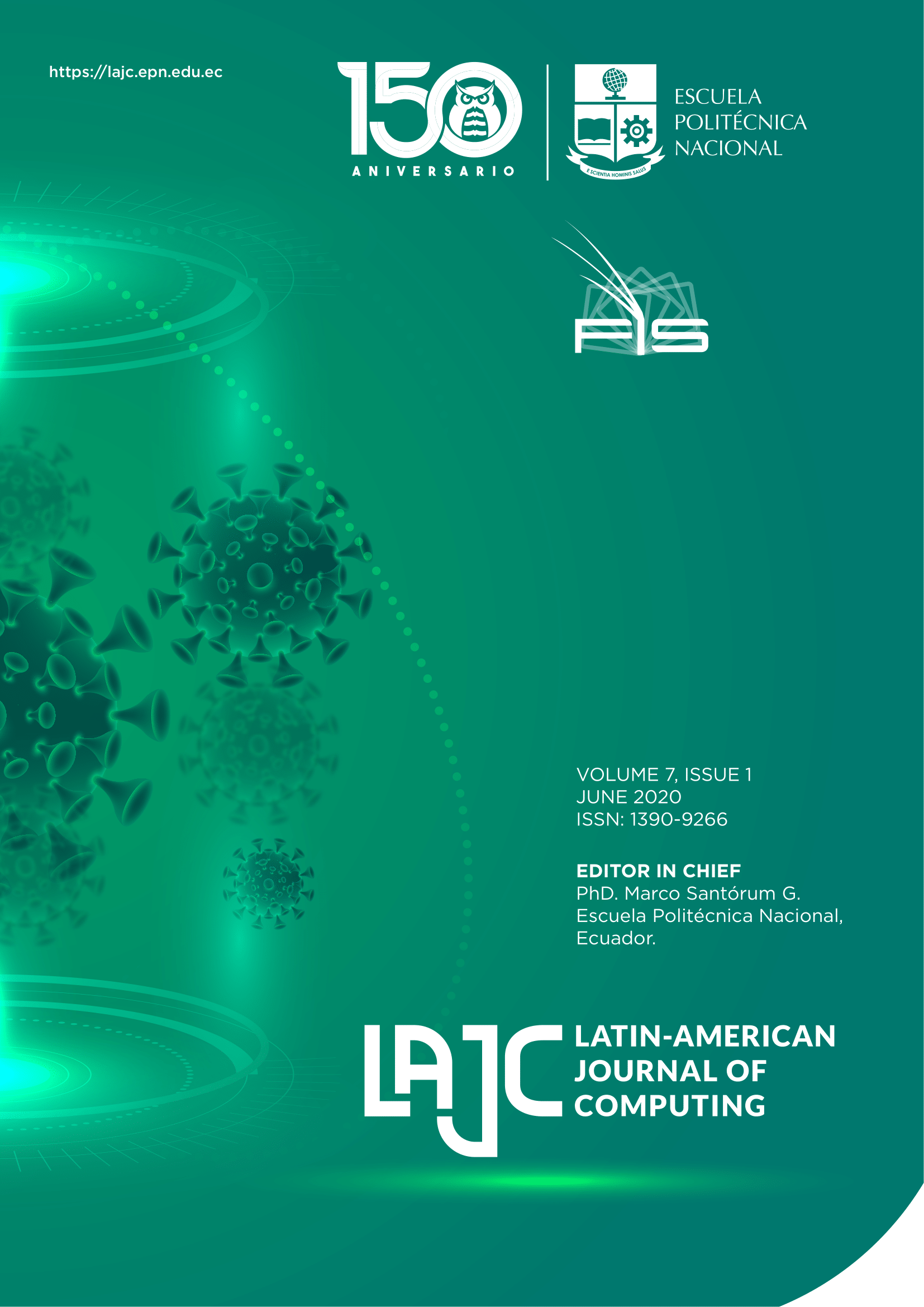Development and evaluation of usability of a gamified web application for basic computer education
Keywords:
Education, iPlus, Digital inclusion, XP, Digital gap, Basic Computer Education, Serious GamesAbstract
In recent years, the use of educational applications in learning processes in any domain has increased, due to the great potential they have to motivate students. This article illustrates the process of developing a gamified web application for basic computer education to support the digital inclusion process. The tool is designed and gamified using the iPlus methodology oriented to the design of serious games and the XP (Extreme Programming) methodology in its implementation. Both methodologies involve the user in the entire application development process. We also present the usability assessment using the IBM Computer System Usability Questionnaire (CSUQ) questionnaire.
Downloads
References
P. Barden, P. Curzon, and P. Mcowan, “Gameful Systems: Play in the digital age for young and old,” Conference on Human Factors in Computing Systems, Paris, France, 2013
Instituto Nacional de Estadística y Censos, “Tabulados de Tecnología de la Información y Comunicaciones (ENEMDU),” INEC, Quito, Ecuador, 2018.
A. R. Alva de la Selva, “Los nuevos rostros de la desigualdad en el siglo xxi: la brecha digital,” Rev. Mex. Cienc. Polit. Soc., vol. 60, no. 223, pp. 265–285, 2015.
S. Vega, “Alfabetización Digital En La Educación,” Temas para la Educ. Rev. Digit. para Prof. la enseñanza, vol. 17, pp. 1–10, 2011.
G. Zichermann and C. Cunningham, Gamification by design: Implementing Game Mechanics in Web and Mobile Apps, 2011.
S. Deterding and D. Dixon, “Gamification_2011,” CHI’11 Ext. Abstr. Hum. Factors Comput. Syst., pp. 2425–2428, 2011.
G. Barata, S. Gama, J. Jorge, and D. Gonçalves, “Gamification for smarter learning: tales from the trenches,” Smart Learn. Environ., vol. 2, no. 1, p. 10, 2015.
D. Wells, “Extreme Programming: A Gentle Introduction,” Don Wells. [Online]. Available: http://www.extremeprogramming.org./. [Accessed: Jul. 18, 2018].
M. Carrión, M. Santorum, J. Aguilar, and M. Peréz, “iPlus methodology for requirements elicitation for serious games,” XXII Ibero-American Conf. Softw. Eng. CIbSE 2019, pp. 434–447, 2019.
M. Carrión, M. Santorum, M. Pérez, and J. Aguilar, “A participatory methodology for the design of serious games in the educational environment,” 2017 Congr. Int. Innov. y Tendencias en Ing. CONIITI 2017 - Conf. Proc., vol. 2018-Janua, pp. 1–6, 2018.
M. Santorum, A. Front, and D. Rieu, “ISEAsy: A Social Business Process Management Platform,” Lect. Notes Bus. Inf. Process., vol. 171 171 LN, pp. 125–137, 2014.
S. Burbeck, “How to use Model-View-Controller (MVC).” [Online]. Available: http://www.dgp.toronto.edu/~dwigdor/teaching/csc2524/2012_F/papers/mvc.pdf. [Accessed: Oct. 01, 2019].
S. L. Henry, Just ask : integrating accessibility throughout design. Lulu.com, 2007.
J. Nielsen, “Why You Only Need to Test with 5 Users.” [Online]. Available: https://www.nngroup.com/articles/why-you-only-need-to-test-with-5-users/. [Accessed: Feb. 09, 2020].
J. R. Lewis, “Computer System Usability Questionnaire,” Int. J. Hum. Comput. Interact., vol. 7, no. 1, pp. 57–78, 1995.
Downloads
Published
Issue
Section
License
Copyright Notice
Authors who publish this journal agree to the following terms:
- Authors retain copyright and grant the journal right of first publication with the work simultaneously licensed under a Creative Commons Attribution-Non-Commercial-Share-Alike 4.0 International 4.0 that allows others to share the work with an acknowledgement of the work's authorship and initial publication in this journal.
- Authors are able to enter into separate, additional contractual arrangements for the non-exclusive distribution of the journal's published version of the work (e.g., post it to an institutional repository or publish it in a book), with an acknowledgement of its initial publication in this journal.
- Authors are permitted and encouraged to post their work online (e.g., in institutional repositories or on their website) prior to and during the submission process, as it can lead to productive exchanges, as well as earlier and greater citation of published work.
Disclaimer
LAJC in no event shall be liable for any direct, indirect, incidental, punitive, or consequential copyright infringement claims related to articles that have been submitted for evaluation, or published in any issue of this journal. Find out more in our Disclaimer Notice.










